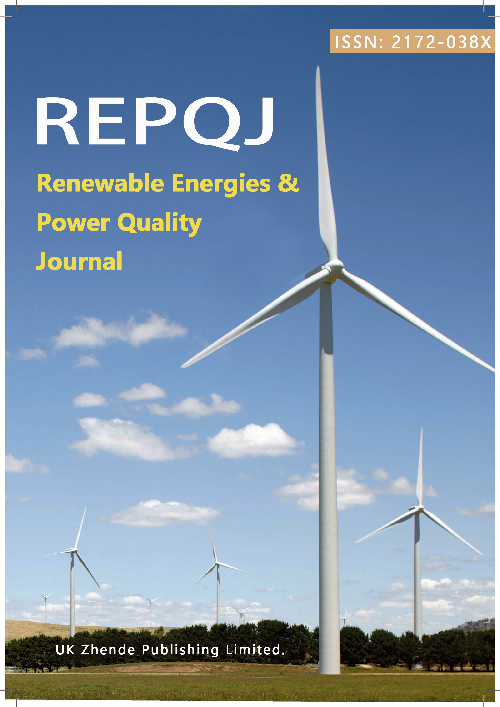Nuclear Ammonia as Renewable Energy Source: An Innovative Approach to Advancing Sustainable Fuel Solutions for The Global Energy Crisis
DOI:
https://doi.org/10.52152/4513Keywords:
Liquid Ammonia, Malthusian Catastrophe, greenhouse gases, thorium-fueledAbstract
This paper thoroughly addresses the risks and challenges associated with ammonia as a fuel and asserts that we can effectively harness its potential. We underscore the imperative of implementing safe production, transportation, and utilization frameworks to mitigate any new environmental or safety concerns. The time for action is not in the distant future but now. By ensuring these safe frameworks, we can confidently move forward with ammonia as a fuel alternative. The world is navigating significant challenges, including a growing resource shortage and accelerating environmental degradation. Amid rising global energy demands, ammonia has emerged as a promising yet complex fuel alternative. Its adoption, however, requires careful consideration to ensure safety and sustainability. Liquefied ammonia has emerged as a compelling solution and is already used in the USA. It is produced in ammonia plants through established methods and nuclear reactors. This process requires no new technological breakthroughs; it is already successfully implemented where large quantities of liquefied ammonia are produced and distributed safely. Ammonia condenses into a dense liquid under moderate compression, making transportation straightforward. Furthermore, nuclear ammonia production, particularly when utilizing thorium-fueled molten salt breeder reactors, generates zero greenhouse gas emissions, relying on clean electrical energy, water, and air. These reactors, due to their cost-effectiveness and sustainability, enhance the appeal of ammonia as a fuel alternative.
Downloads
Published
Issue
Section
License
Copyright (c) 2025 Tariq MASOOD, Jamil Abdo, Nasser J. Al-Kuwari, Tahir Imran Qureshi, Kaimiao Liu (Author)

This work is licensed under a Creative Commons Attribution 4.0 International License.











